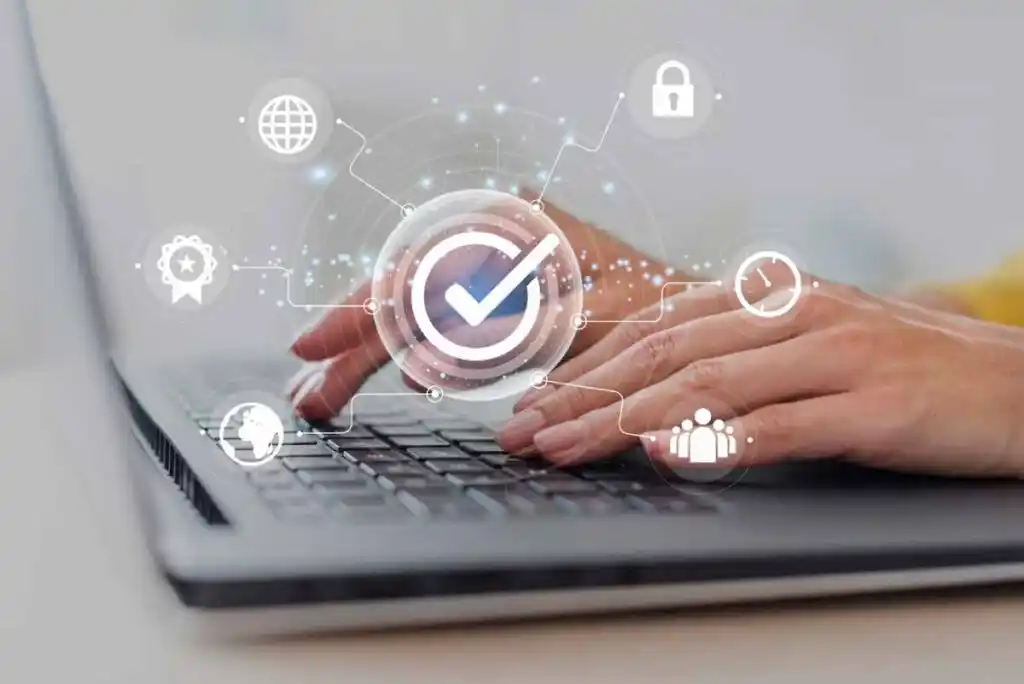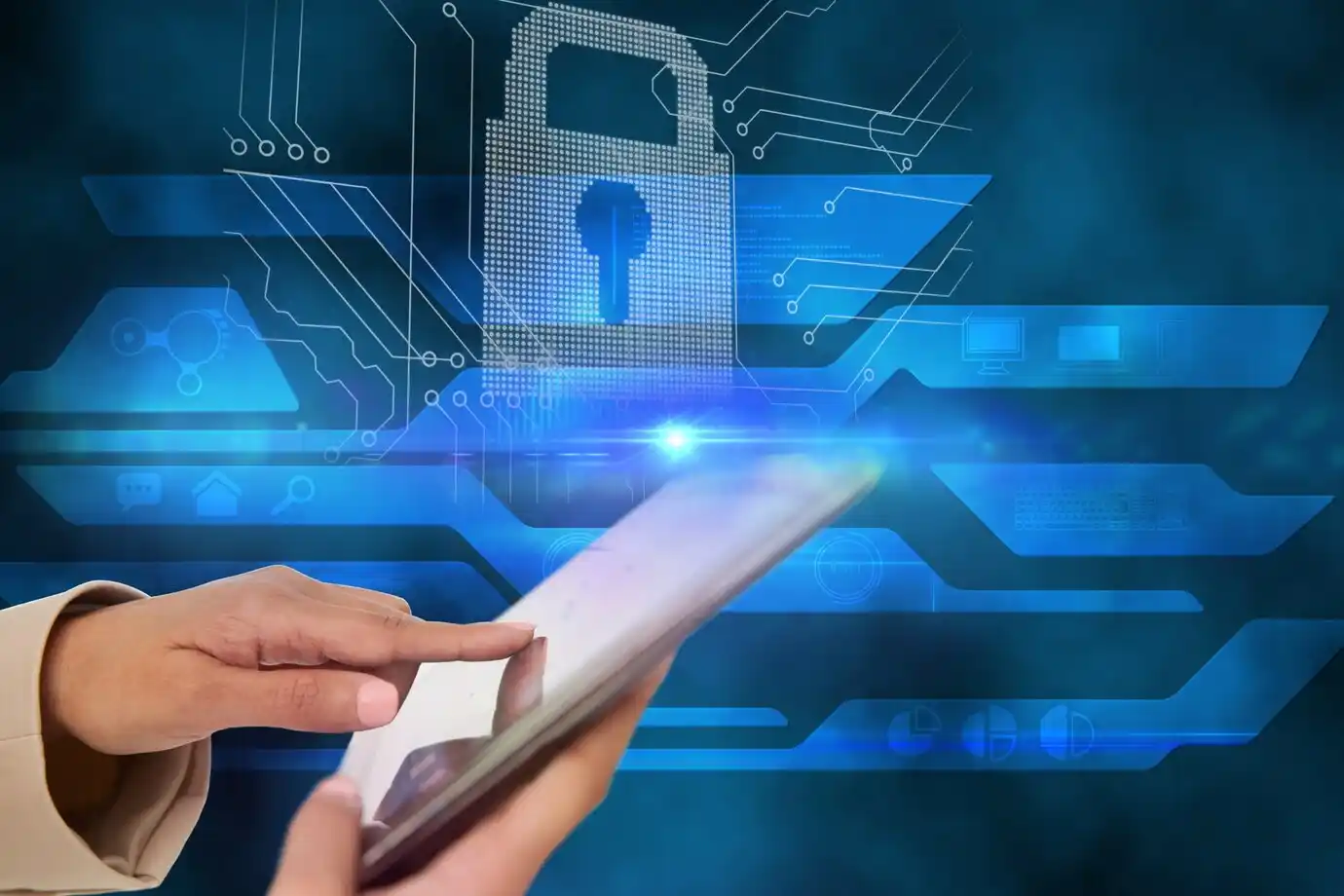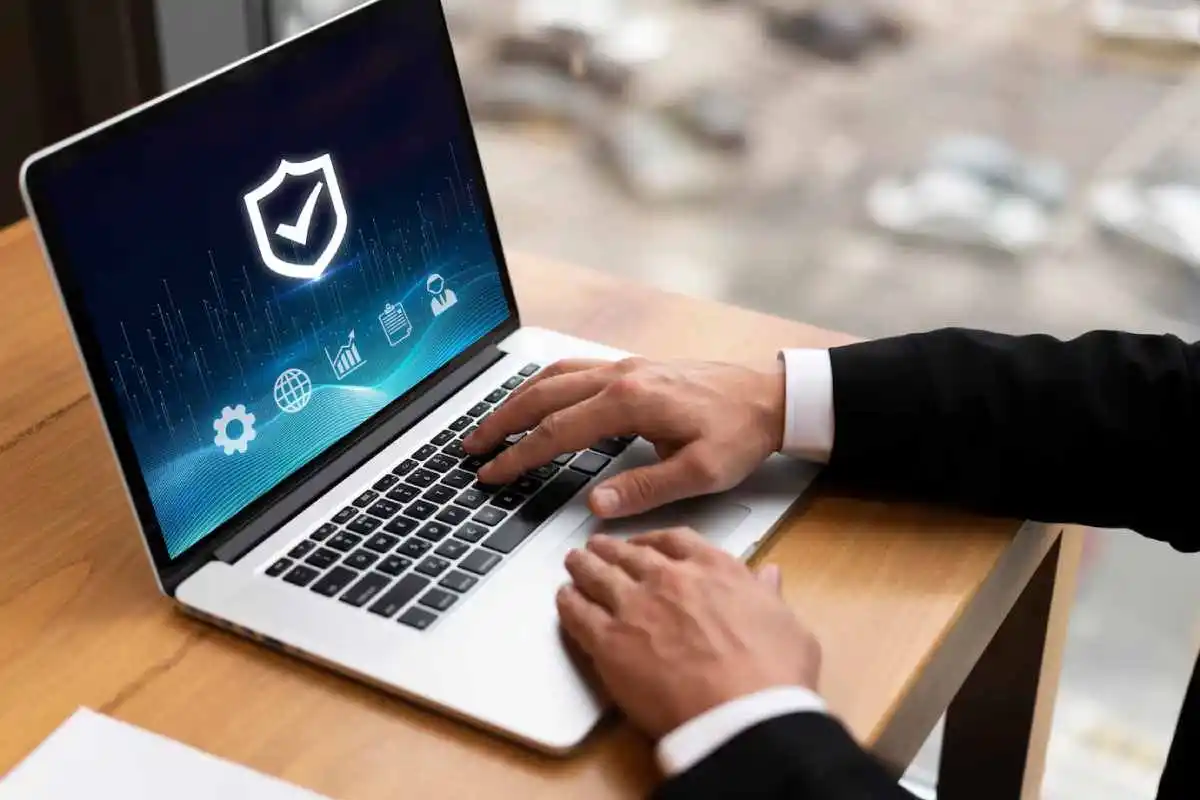The Education Blog

How Blockchain Is Transforming Credential Verification
The emergence of blockchain technology is revolutionising industries worldwide, including education itself. Blockchain is changing education. There’s a rising need for reliable student records and easy-to-verify digital credentials. But how does this technology actually work, and what are the benefits of this process for credential verification? Can it be used to secure student records? Let’s explore the future of academic records. Digital blockchain authentication can help us achieve this.

Quick Guide: Blockchain’s Impact on Credential Verification in Education
- Enhanced Security: Blockchain ensures academic records are tamper-proof, reducing credential fraud.
- Instant Verification: Employers can instantly verify candidate credentials, streamlining the hiring process.
- Student-Owned Credentials: Students have direct access to their verified records, reducing reliance on institutions.
- Global Accessibility: Blockchain simplifies the process of verifying credentials internationally.
- Administrative Efficiency: Educational institutions reduce costs and paperwork with automated verification.
Pro Tip:
Educational institutions can use blockchain to issue secure digital certificates, improving transparency and trust in academic qualifications.
Important Tip:
Employers benefit from blockchain-based verification by reducing the risk of hiring candidates with fake or altered credentials. This speeds up the recruitment process and improves hiring accuracy.

What Is Blockchain?
Blockchain is a distributed digital ledger technology that registers transactions securely and openly. It differs from traditional databases in that once data is added to the blockchain, it cannot be changed or deleted. This capability makes it great for storing and verifying sensitive records like academic credentials.
A block holds data, a timestamp, and a cryptographic link to the previous block in the blockchain. Each block is tied to the previous one in a permanent chain, preventing tampering with the data people use. Decentralisation removes this necessity, thus making transactions more secure and efficient.

Why Is Blockchain Important in Education?
Education has suffered for years due to credential fraud, slow checks, and unsafe student record storage. Blockchain fixes these problems. It gives a clear and safe way to handle educational qualifications.
Also, schools often keep student records in separate databases, making verifying credentials across different organisations and countries hard. Blockchain allows a secure database to be shared globally among institutions, employers, and students.
The Role of Blockchain in Credential Verification
1. Enhancing Security and Authenticity
One major benefit of blockchain for credential verification is its fraud prevention. Records on the blockchain are fixed, which helps employers and schools verify a student’s credentials quickly and confidently.
This reduces the chance of fake degrees. These are more common now because of better digital tricks. Employers can trust that blockchain-based credentials are genuine, improving hiring accuracy and integrity.
2. Eliminating Fake Degrees and Certificates
Fake degrees and certificates have long been a problem in education. Blockchain keeps academic credentials safe, making fake or change qualifications impossible.
Governments and accreditation bodies can use blockchain to create a registry. This registry would verify institutions and programs and help reduce fake degrees.
3. Instant Verification for Employers
Currently, employers often face lengthy verification processes when hiring candidates. Blockchain-based digital credentials let employers quickly verify a candidate’s qualifications. This speeds up the hiring process and cuts down delays.
4. Secure and Permanent Record Keeping
Traditional paper-based records can be lost, destroyed, or manipulated. Blockchain keeps student records safe and permanent. This lets students see and share their academic achievements anytime. They don’t need to rely on institutions.
How Digital Credentials Work on Blockchain
1. Issuance of Digital Certificates
Educational institutions can issue blockchain-based certificates. Students receive these credentials in their secure digital wallets, which include a cryptographic hash that proves their authenticity.
2. Student-Owned Credentials
Students have complete control over their transcripts and can easily share their verified qualifications with employers or other educational institutions, removing the reliance on universities.
3. Global Accessibility
Blockchain provides global access to academic records. This makes it easier for students to verify their credentials internationally, streamlining the admissions or hiring process across countries.
Real-World Applications of Blockchain in Education
1. Universities Implementing Blockchain
Leading universities are already adopting blockchain for credential verification. MIT and the University of Melbourne now offer blockchain diplomas. This lets graduates share verified digital copies of their certificates easily.
Blockchain also secures academic research and intellectual property. This makes sure that published work is tamper-proof and traceable.
2. Government Adoption for National Credential Systems
Some governments are exploring blockchain to create national education verification systems. Estonia, for example, has implemented blockchain technology for secure student digital education records.
Governments can improve credential recognition by adding blockchain to education systems. This change will help institutions and countries work together more efficiently.
3. Corporate Training and Professional Certifications
Beyond traditional academic institutions, blockchain is also transforming professional training and certification. Companies that provide skill-based training use blockchain to issue digital certificates. This helps professionals prove their expertise worldwide.
IBM and Microsoft use blockchain to issue digital certificates. This helps employees show their skills clearly.
Benefits of Blockchain-Based Credential Verification
1. Reducing Administrative Burden
Educational institutions spend significant resources on issuing, storing, and verifying credentials. Blockchain automates these processes, reducing administrative costs and improving efficiency.
This benefits students, too. They no longer have to wait weeks for their credentials to be processed and verified.
2. Increased Trust and Transparency
Blockchain helps students, employers, and schools trust each other. It cuts down on the risk of credential fraud. Transparency in qualifications enhances confidence in academic achievements.
Trust in digital credentials also applies to peer-to-peer learning platforms and online courses. This way, alternative education providers can keep their credibility.
3. Empowering Students
Blockchain lets students manage their credentials. This cuts down their reliance on institutions for verification and access. This decentralisation puts the power of record-keeping in the hands of learners.
With blockchain, lifelong learning gets a boost. Students can compile and keep track of credentials from various learning sources in one digital portfolio.
Challenges and Considerations
While blockchain in education offers numerous benefits, challenges remain:
- Adoption Barriers: Institutions may face resistance in transitioning to blockchain-based credentialing systems.
- Technical Integration: Schools and universities must invest in blockchain-compatible infrastructure.
- Regulatory Frameworks: Governments and accrediting bodies must establish blockchain-based academic records regulations.
- Privacy Concerns: While blockchain is secure, ensuring compliance with data protection laws such as GDPR remains crucial.
FAQs About Blockchain in Education
1. How does blockchain prevent fraud in credential verification?
Blockchain ensures that once data is recorded, it cannot be altered or deleted, making it impossible to forge academic credentials. This secure and immutable nature of blockchain helps prevent fraud and ensures the authenticity of credentials.
2. What are digital certificates on the blockchain?
Digital certificates on the blockchain are cryptographically secured records of academic qualifications that can be easily verified. These certificates are issued to students by educational institutions and stored in digital wallets, providing a transparent and secure way to manage credentials.
3. How can blockchain help students studying abroad?
Blockchain allows students to easily share their verified academic records with institutions abroad, eliminating the need for paper transcripts or time-consuming verification processes. This makes the international application process smoother and faster.
4. Is blockchain suitable for all educational institutions?
While blockchain has the potential to benefit all educational institutions, some may face challenges with adoption due to technical, financial, or regulatory barriers. Smaller institutions may need to invest in blockchain-compatible infrastructure and ensure they comply with local regulations.
5. How does blockchain benefit employers during the hiring process?
Blockchain allows employers to instantly verify the qualifications of job candidates. This eliminates delays in the hiring process, particularly for international candidates, and reduces the risk of hiring someone with fraudulent credentials.
6. Can blockchain be used for professional certifications?
Yes, blockchain is already being used by companies like IBM and Microsoft to issue digital certificates for professional training programs. This helps employees prove their skills and expertise in a globally recognised, transparent, and tamper-proof way.
The Future of Secure and Verifiable Credentials with Blockchain
The education sector is looking at blockchain. It can help create a digital record of people’s academic credentials. Blockchain can securely store student records and simplify digital credentials. This will help everyone access the right educational histories for those at a specific school. Schools, employers, and students are using this new technology. This change leads to more transparency, efficiency, and security in education.









